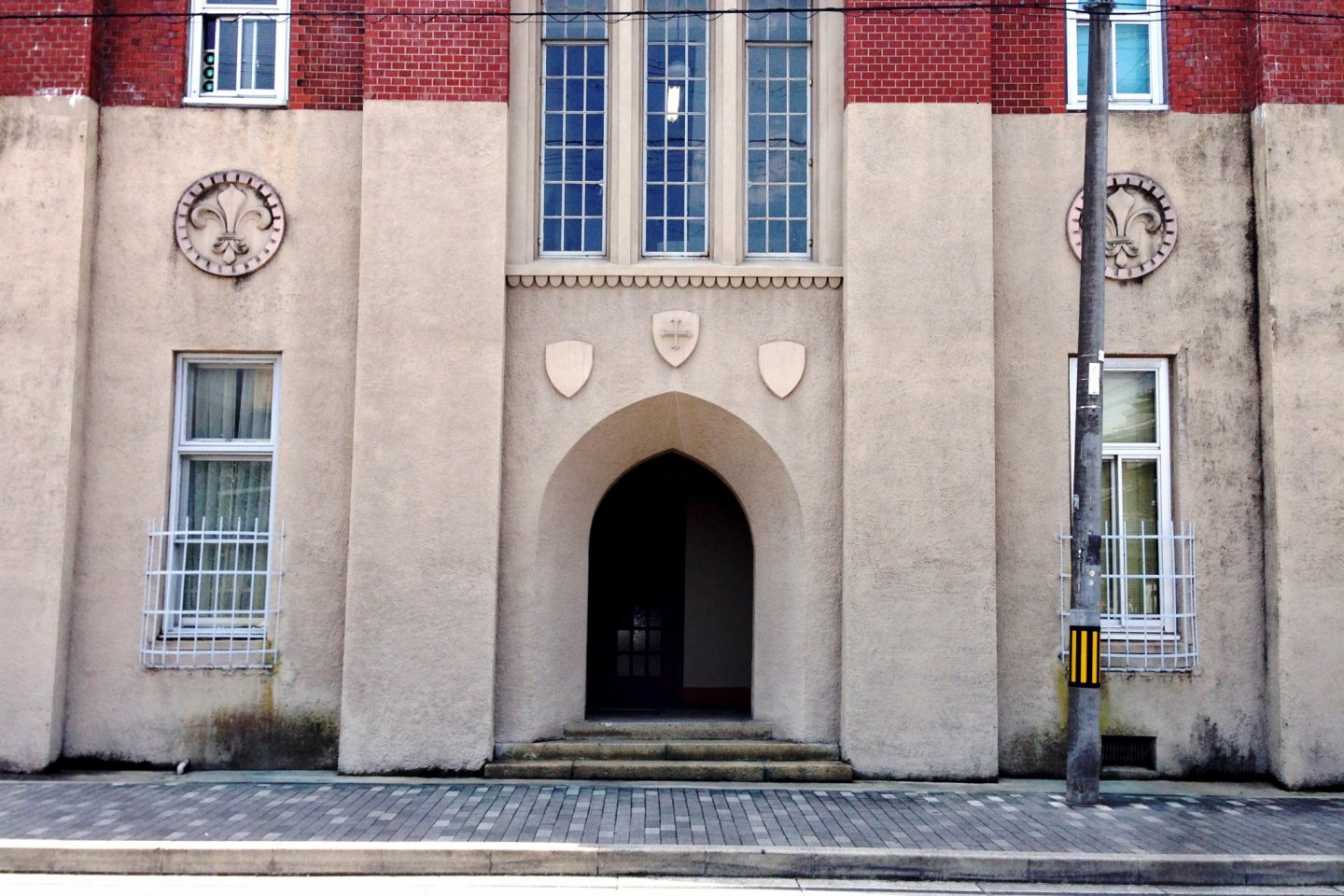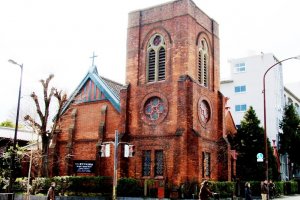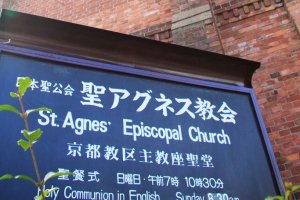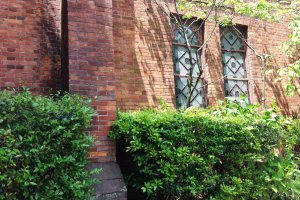Christianity was once tolerated as a sect on the edge of society, practiced far from the Emperor’s court. It may be true in Japan, but it was also true in ancient Rome. That was, until the conversion of the Emperor Constantine in the fourth century. Then the Roman Empire was transformed, and Rome, where Christians were thrown to the Lions, now became the capital of the Roman Catholic Church, its heart in the Vatican.
One could barely start to imagine, what if the Emperor of Japan converted to Christianity in the fourth century. What does it mean to be a 100% Japanese and 100% Christian? I can’t even begin to imagine what this would look like, especially as I am imagining a society through my own prism of a contemporary, globalised world view.
What would Japanese Christianity look like? How would Japanese sensitivity of the four seasons blend with the God of the Messiah? How would the Samurai spirit incorporate the God of grace? How would these two ancient faiths and cultures co-exist? Would the Japanese language have a different vocabulary?
The very nature of Japan would be different today. St Agnes is the kind of place where these conversations may be taking place, for sixteen centuries later; Christianity is once again making its mark in the ancient capital. Its name honours a twelve year old saint in Italy, but its early ministers came from the Americas, a land that was as foreign to Christianity as Rome was in the fourth century.
The story of St Agnes is one of many layers, and is in some ways a parable of Japanese history itself. Christianity took root in Ancient Rome, and from the 1270's Marco Polo spoke of the fabled land of Japan. In 1492, Christopher Columbus sets sail for this fabled land, only to land in the Americas. It wasn’t until 1900 when Sidney Catlin Partridge arrived from the United States to become the first Bishop of the Episcopalian church in Kyoto.
Sidney himself had a fascinating past. At Yale University, he was a member of Skull and Bones, and later worked as a missionary in China, before being consecrated as the first Bishop of Kyoto in 1900. After marrying into the family of the Danish consul general, he was knighted to the Order of the Danneborg.
Likewise, St Agnes had a number of identities. Originally built as Holy Trinity Church on the Heian Women’s University campus, it became St Agnes in 1923. Today it remains closely connected with St Agnes School, also known as Heian Girls' School in Japanese. The word “Heian” means peace in Japanese.
As the pastor of the International congregation has said, "Everyone has their own path, but the way is made easier when one is in an open and forbearing community. Our diversity in nationalities and denominations has created a beautiful space of acceptance and love, which many former members mention they miss upon returning to their home country."
Today St Agnes is one of the few churches in Kyoto to offer Sunday services in English, continuing a tradition started by English speaking Allied soldiers after World War II. At 8:30am, join in the forty minute service which is followed by morning tea, and represents a unique opportunity to meet locals outside the tourist bubble.

































